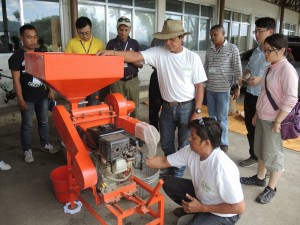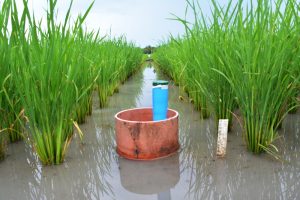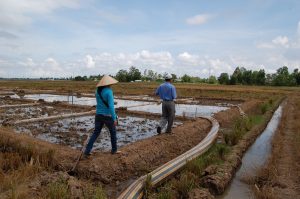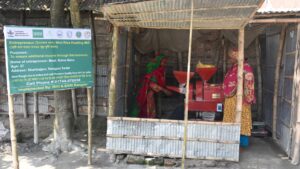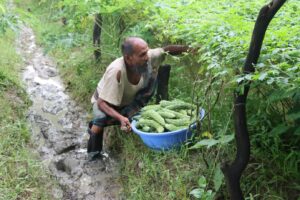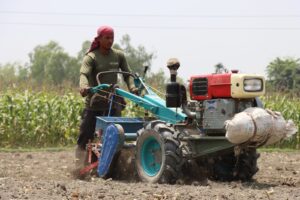The agency reported that 29% of those were principal operators, and 78% of all female producers said they are involved in daily decisions.
Women tend to be nurturing and caring and it makes sense that women are drawn to these kinds of careers, one woman farmer said.
Read the full story at Augusta Free Press
More on women farmers:
Rural women in Myanmar reap the benefits of sustainable rice farming practices
A study on the impact of sustainable rice farming on rural women in Myanmar revealed that smallholder families who adopted best management practices experienced remarkable social and cultural changes in their livelihoods through higher yield and income.
From invisible farm women to agri-preneurs
Women provide half of the labor in rice cultivation in India, according to the International Rice Research Institute ( IRRI) Farm Household Survey (2008-10). They do most of the tedious and backbreaking work in rice cultivation such as nursery raising, transplanting, weeding, harvesting, and threshing. In spite of their significant contributions, the women are only recognized as wives of farmers—not as farmers. However, this image of rural women has begun to change in Munger in the eastern state of Bihar through the ITC Limited Social Investment Programme-Mission Sunehra Kal (Golden Future).
Women farmers’ empowerment is a key ingredient for social sustainability
Women’s empowerment has been chosen as one of the key dimensions in assessing social sustainability in the SRP because women play a critical role in rice production and other parts of agrifood systems. Studies show that, on average, women contribute 43% of the labor in rice production in Asia. The increasing out-migration of men and youth from rural areas in search of employment and income-generating opportunities leaves rice farming and management in the hands of women. But, evidence shows that rural women face significant constraints in access to productive assets/resources (land, water, machinery, and tools) and services (extension, market information, credit). Women are underrepresented in decision-making roles. They receive unequal pay for equal work. Additionally, women-owned enterprises are economically disadvantaged and lack equal opportunities to compete for business opportunities.

